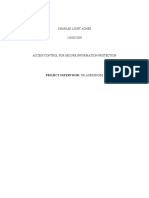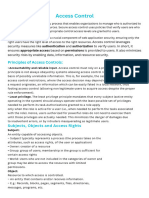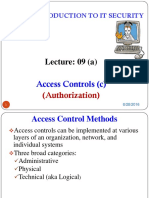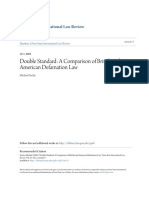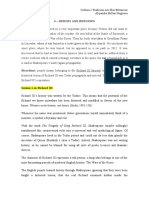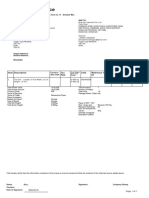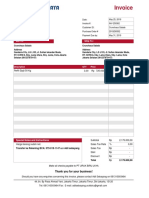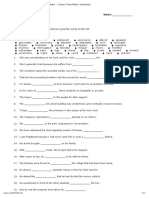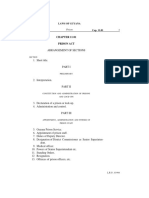0% found this document useful (0 votes)
27 views12 pagesLecture 9
The document outlines the fundamentals of security and access control, emphasizing the importance of protecting information from unauthorized access. It details various access control models, mechanisms, and best practices to mitigate threats and challenges, including insider threats and phishing attacks. Additionally, it presents case studies of notable access control failures to highlight the consequences of inadequate security measures.
Uploaded by
Kashmala AlamCopyright
© © All Rights Reserved
We take content rights seriously. If you suspect this is your content, claim it here.
Available Formats
Download as PDF, TXT or read online on Scribd
0% found this document useful (0 votes)
27 views12 pagesLecture 9
The document outlines the fundamentals of security and access control, emphasizing the importance of protecting information from unauthorized access. It details various access control models, mechanisms, and best practices to mitigate threats and challenges, including insider threats and phishing attacks. Additionally, it presents case studies of notable access control failures to highlight the consequences of inadequate security measures.
Uploaded by
Kashmala AlamCopyright
© © All Rights Reserved
We take content rights seriously. If you suspect this is your content, claim it here.
Available Formats
Download as PDF, TXT or read online on Scribd
/ 12



